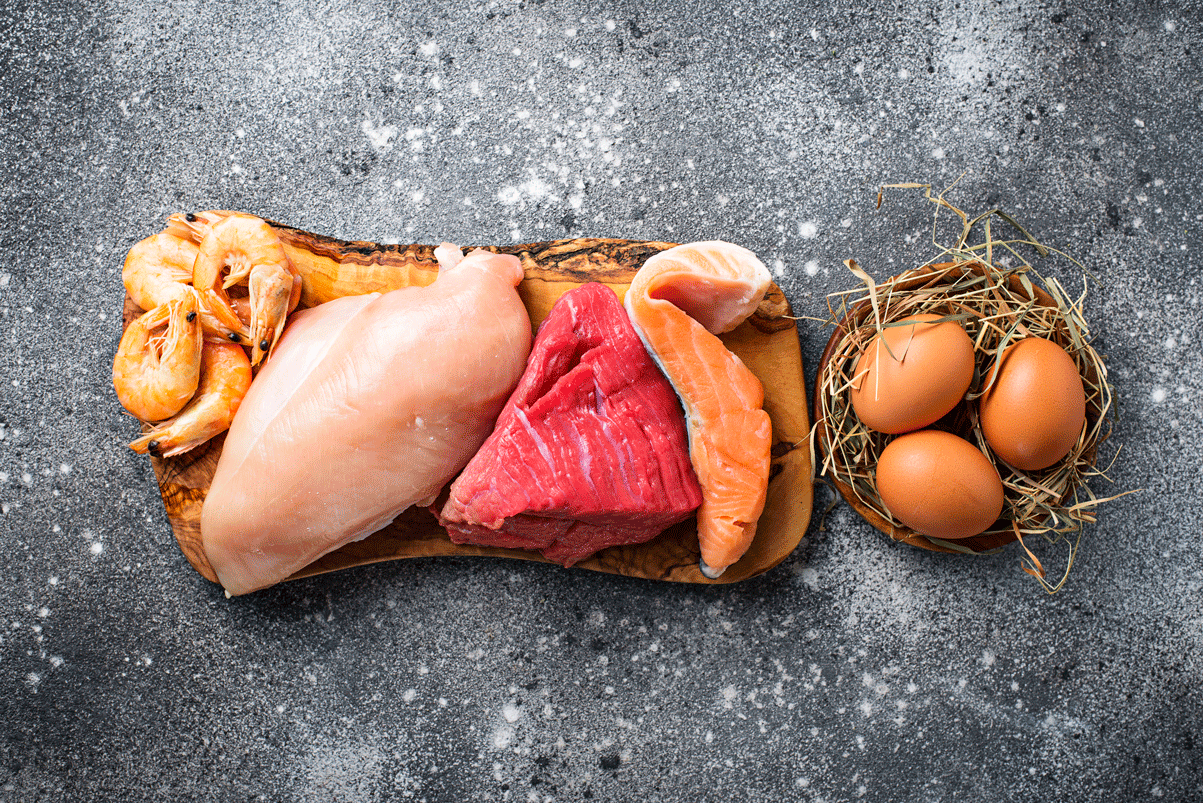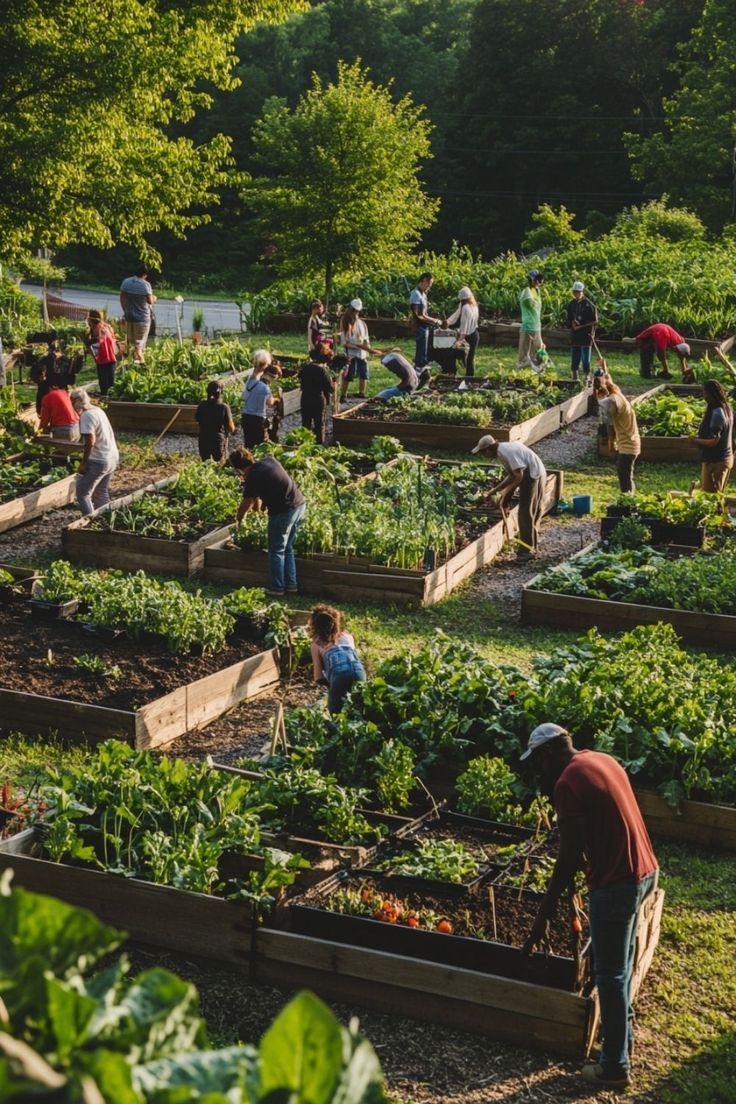When we talk about reducing the carbon footprint of our food, one of the first recommendations that comes up is "local consumption". But surprisingly, transportation has little impact on the carbon footprint of our food. When looking at emissions, what we eat is more important than where our food comes from. So even if you buy your beef at a local store, it will still have higher emissions than chicken and pork.
- A new study in 2020 shows that if you buy beef from your local farmer instead of beef raised in a beef herd, it will reduce your emissions by just 0.35%.
- That's the same amount the average family could save if they replaced their calories from red meat and dairy with chicken, fish or eggs just one day a week.
Carbon footprint of beef
According to a 2020 study conducted by Our World in Data:
- Beef emits 25 kilograms of carbon dioxide equivalent (kgCO2eq) per 100 grams.
- Lamb emits 20 kg of CO2eq.
- The shrimp emits 10 kg of CO2eq.
- Cheese emits 8.4 kg of CO2eq.
At the bottom of this table, we find plant-based protein sources:
- Tofu (1.6 kg CO2eq)
- Beans (0.65 kg CO2eq)
- Peas (0.36 kg CO2eq)
- Nuts (-0.8 kg CO2eq)
Negative carbon footprint of nuts
Tree nuts remove more CO₂ from the atmosphere than is emitted during their production, making them carbon negative.
Different sources of meat
- Pork (6.5 kg CO2eq)
- Chicken (4.3 kg CO2eq)
- Egg (3.8 kg CO2eq)
- Farmed fish (3.5 kg CO2eq)
So if you eat beef, replacing some of it with pork, chicken and eggs can help reduce your carbon footprint.
Why do beef and lamb have a high carbon footprint?
- Cows and sheep, also known as ruminants, have a unique digestive process. They don't need to fully chew their food before swallowing, which causes them to release methane, a powerful greenhouse gas.
- Methane is about 25 times more powerful than CO₂ at trapping heat in our atmosphere over a century.
- Cows also need a lot of food to support their growth and reproduction, much more than other animals we raise for meat.
- To grow this food, we clear vast areas of forest, accelerating deforestation and the climate crisis.
- The meat industry also uses nitrogen fertilizers to enhance plant growth. These wastes release CO₂ and nitrous oxide, two greenhouse gases that contribute to global warming.
What can we as consumers do?
- We can replace red meat with lower impact options like chicken or eggs.
- Including more plant-based protein sources like tofu, nuts, peas and beans also helps reduce your carbon footprint.
While producers must adapt better meat production practices, we can also do a lot as individuals to reduce our impact on the environment.






